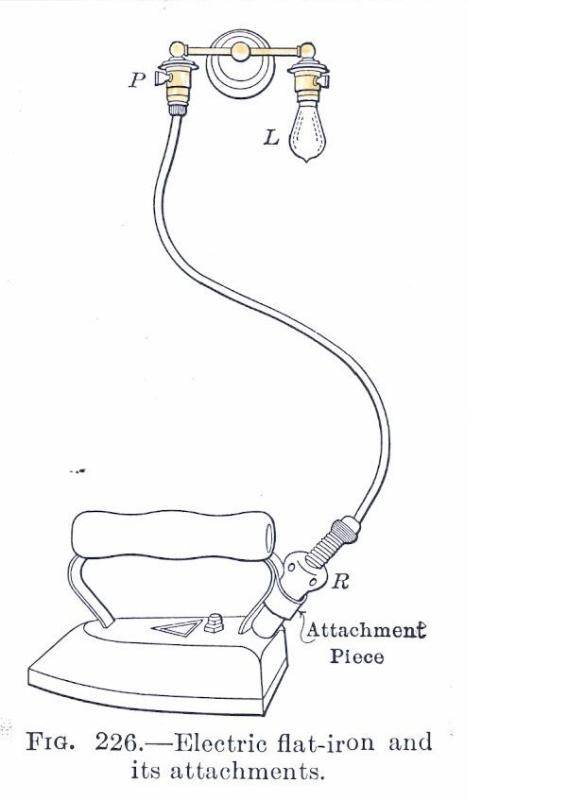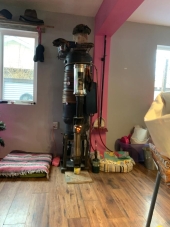
 2
2












 1
1
























 1
1








 1
1




William Jack wrote:I don't know when I realized it, but for a long time now I've been troubled by the design of refrigerators.
So you've basically got a pump for moving heat from inside an insulated box to somewhere outside of it. Pretty simple concept. So why is the motor for this doohickey *underneath* the insulated box, where the heat from its operation will rise up into the insulation?


Nerds be nerding...

|
Why fit in when you were born to stand out? - Seuss. Tiny ad:
Rocket Mass Heater Resources Wiki
https://permies.com/w/rmh-resources
|





